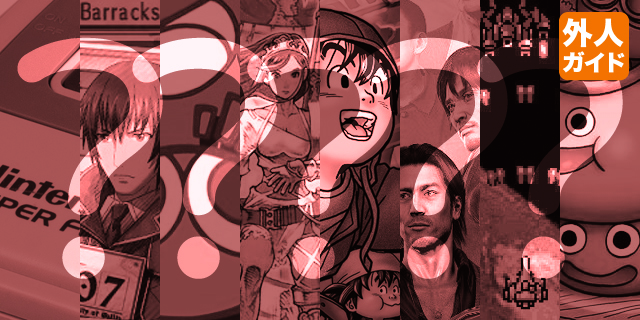
It’s the primary goal of this column to help readers better understand the world of imports and make it easier to jump in and play some themselves. Much of the time, it’s interesting to go in-depth on topics, but not always. Sometimes, it’s valuable to answer some questions directly and succinctly, and this time, I decided to do just that. So here we go: answers to eight things I’m asked all the time!
What are the most import-friendly systems?
Importing can be super-confusing (which is why I put together a system-by-system guide), but it’s important to start in fruitful territory. The DS, PS3 and PSP are still great for this, with no region lock and a large library of unlocalized titles. The Vita’s interesting too, as much of its games don’t make it here, but the shifting focus to digital and the one-region-at-a-time account structure makes that one tough. (And, once it builds a catalog, the PS4 should be nice.)
But if you’re truly looking to jump in, I’d suggest ponying up for a Japanese 3DS if you can. The region-locking isn’t going anywhere, but the library’s increasingly worth it, and import-friendly in the sense that there’s not a huge language barrier for many great Japan-exclusives. (Oh, and the Virtual Console is getting some nice stuff too, and at enticing prices.)
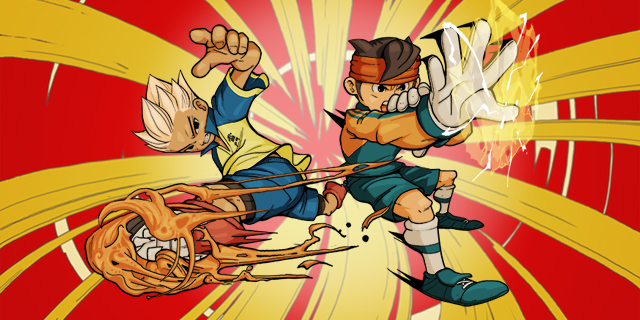
How easy is it to predict if an import game will get localized?
Not at all! I’m doing my best, but contractual issues and varying expectations mean we’re in a world where we get super-weird games through NIS America, Aksys and such, but somehow we’ll miss out on a Final Fantasy game.
If you ever want to try yourself, it’s important to focus less on raw sales and more on business motivations. is the IP holder trying to launch an anime series through global distributors (like Level-5 with Inazuma Eleven and maybe now Yo-kai Watch)? Does the publisher own a small-scale, low-overhead localization team (like Marvelous with Senran Kagura and Valhalla Knights)? Beyond that, it’s just a matter of guessing based on pure amount of text or keeping an eye on trademark filings.
Is region-locking a solution to a real problem, or is it a consumer-harming scapegoat?
From a personal standpoint, I’d love to see region-locking quietly disappear, but I understand why it’s there. There’s a real cost to localizing, distributing and marketing a game, and sometimes it’s done by a completely different company than made the original game. Without some protection that the original manufacturer won’t just start shipping its copies to your territory, officially or not, why would a company make that investment?
This is less of a problem with global companies like Nintendo and Sega, and even less of a problem with text-heavy games reasonable people wouldn’t want to play through without translation, but with some genres (puzzle, platform, rhythm, etc.), it’s a legitimate concern. There may be better solutions, but it’s not totally clear-cut.
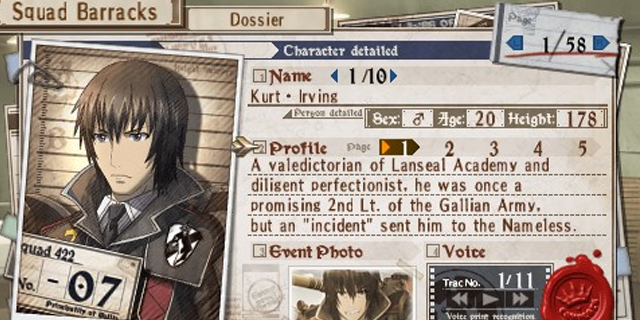
Where are the best places to purchase import games?
Man, is this a difficult one, because it really depends on what sorts of things you’re looking for. If you want new releases, you’re going to have to jump to Play-Asia or Nippon-Yasan. Once something’s been out a while, it can sometimes pop up on Amazon for a much more affordable price.
For older games, a place like Japan Game Stock is a good option, but it’s also when eBay starts to be more and more appealing. New and rare stuff is always going to be overpriced on eBay, but the idea of this column is to help you find good imports, and those are often common or overlooked.
If you have a local game store that sells imports, by all means support them, because they’re doing good work. But, well, they’re not going to be cheap.
What ethical issues do importers face, if any?
Oh, there are definitely some. First of all, imports generally aren’t supposed to be sold in your territory. Second, making foreign accounts on modern consoles can be suspect, as much as it’s just because you want to funnel all your money in that general direction. Then there are the mods themselves, sometimes as simple as knocking away a piece of plastic. You occasionally have to go against the wishes of these companies you love so much that you imported in the first place.
The real land mines, I think, come in the arena of fan translation. My rule of thumb: I’m okay playing a fan translation if I own the Japanese version of the game, and only then. That means there are copies of Mother 3, Valkyria Chronicles III and Seiken Densetsu 3 sitting on my shelf (geez, there are a lot of threes), and it means I may never get to play the Pokemon Trading Card Game GB sequel.
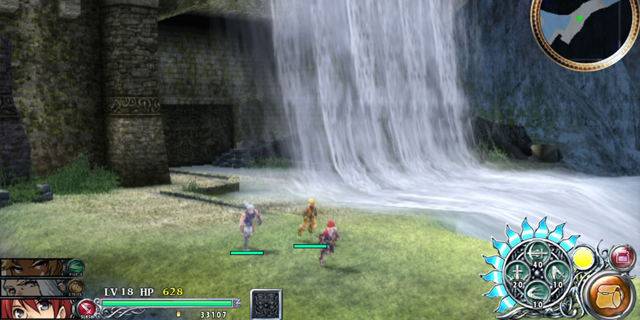
How expensive is translating and localizing a game?
So this one’s tough to answer, even though outfits like XSEED have occasionally spoken up on the matter, but the short answer is way more than you think.
It’s good to understand the sorts of factors that make it more expensive, though. Voice acting? Yeah, that’s a costly undertaking, and as it turns out, it’s not cheap to license tracks from the Japanese voice cast either, which is why you sometimes see that pulled out of Western releases. It’s why you see Nintendo often using little sound effects instead of voices; it’s way cheaper, especially when multiplied by every territory on the planet.
The investment in making physical copies is a lot, especially since most of those get discounts beyond the huge cut stores need for profit margins. Then there’s whatever deal a company has to make to license the thing in the first place. The larger the game or company, the more they’ll expect to get in a licensing deal. That’s a big reason why we get smaller-market games while larger ones languish in localization limbo.

Why are Japanese games so expensive? Is importing from other countries similarly expensive?
There’s one thing to know about the Japanese game market that definitely helps to understand it, and it’s that the price curve is even steeper than it is in the West. Game values fall off the face of the Earth due to the used market, and everything the industry does is trying to compensate for this. That means pricing games by amount of content, so large RPGs often run over $100 each, and it means lavish special editions meant to entice launch-day purchases. It also means tons of fanservice costumes and other digital add-ons, for which there’s no secondhand opportunity.
That said, with the really favorable exchange rate right now, and as long as you can wait a few weeks, it’s not so bad from a cost perspective. There’s also the option to get the “Asia” version, which has long been cheaper, but the gap has been closing for a while now.
The real danger: importing from Europe. There’s no “steep market” excuse there; those guys just have it straight-up bad. (Of course, high game prices mean higher margins, which means it occasionally gets borderline localizations that we don’t. So… sometimes you have to bite the bullet.)
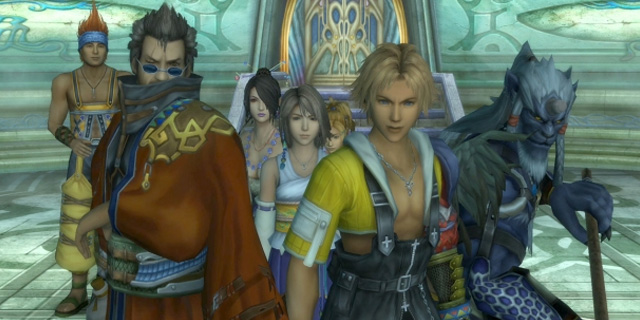
How do import games sell, relatively?
Yeah, with this, I have no idea. The import market is by its very nature not well-documented or centralized, so it’s unclear whether we’ll ever know about sales figures. Those retailers I’ve asked seem to indicate that it’s a low-volume, high-margin sort of thing, so probably not well. When the right game comes along, though? Many a store made a killing off importing Pokemon Gold and Silver, and I bet that there’s a significant spike with new Final Fantasy games as well.
Still, I wouldn’t recommend it as a career path. Unless you live near me, in which case that’s clearly what you should do.



















